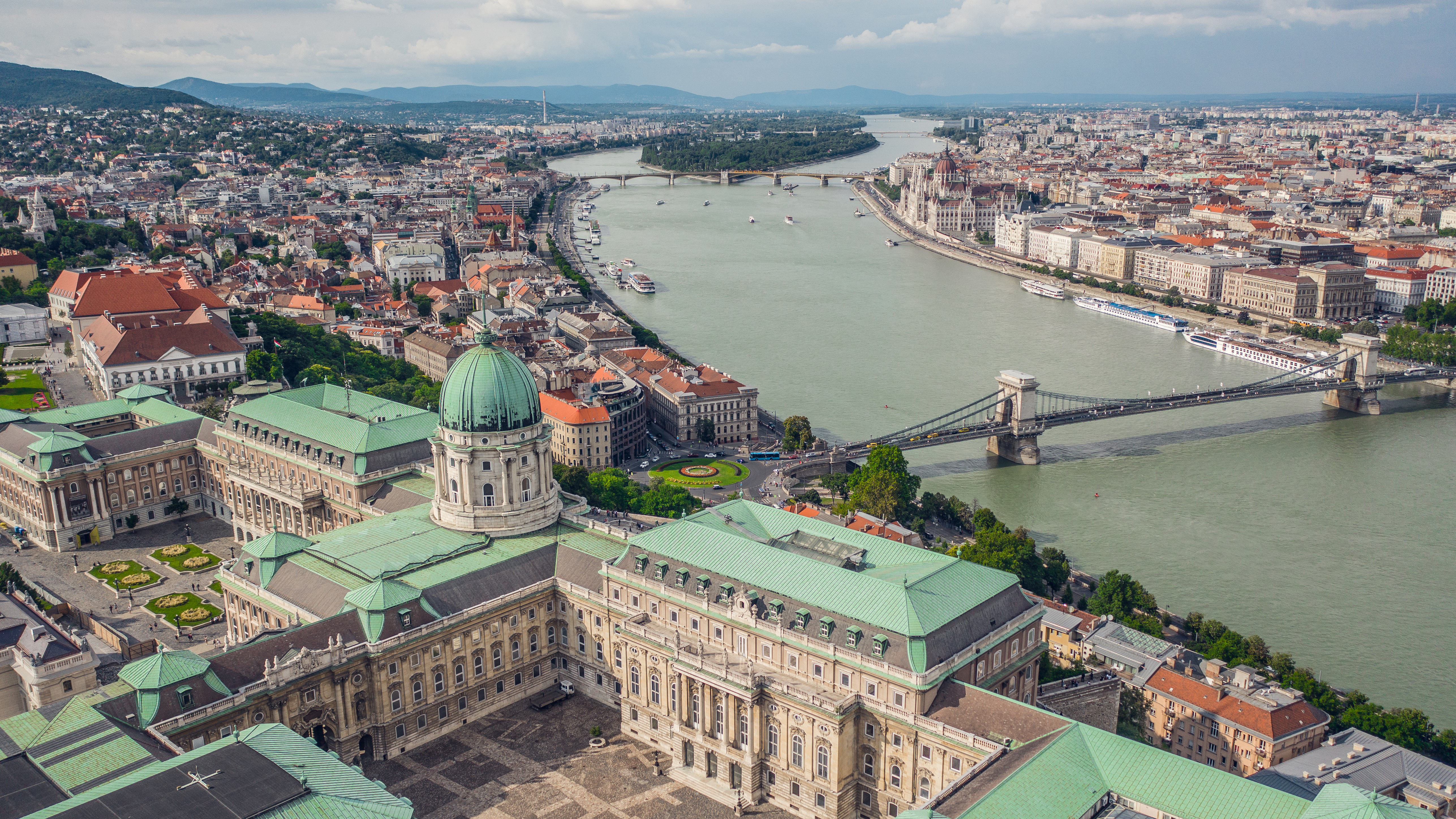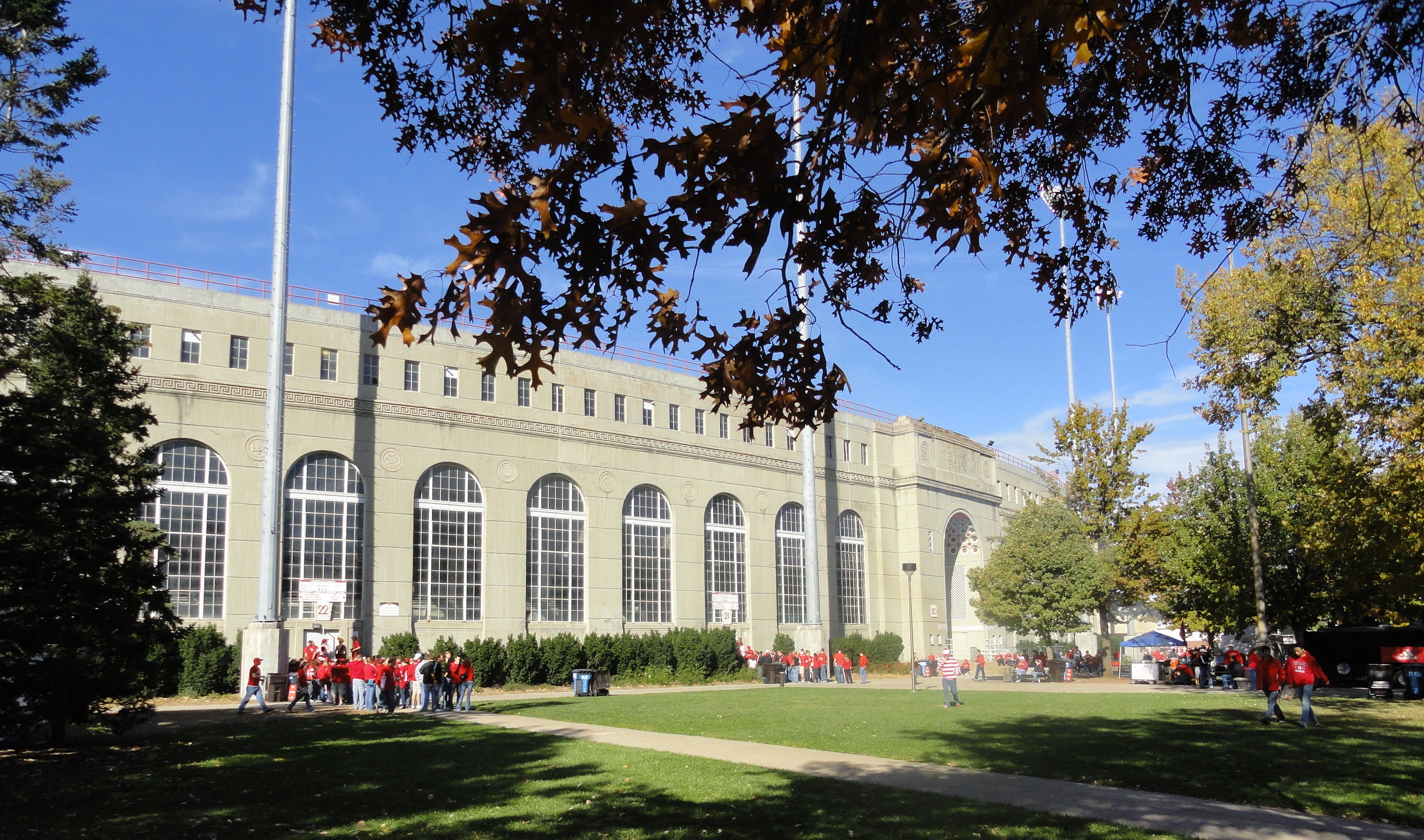12 Architectural Marvels That Defy Engineering Logic
Engineering has always been at the forefront of human innovation, pushing the boundaries of what is possible and transforming the landscapes of our cities and our imaginations. From the ancient pyramids to the towering skyscrapers of today, human ingenuity has consistently defied expectations. In the modern era, this innovation has reached unprecedented heights, resulting in structures that not only challenge engineering logic but also captivate with their breathtaking brilliance. This exploration delves into 12 such incredible structures, each a testament to human creativity, resilience, and the relentless pursuit of pushing beyond the conceivable limits. These marvels of modern engineering are not just feats of construction but also symbols of cultural and technological advancements. They embody the spirit of exploration and the desire to leave a lasting mark on the world. As we journey through these architectural wonders, we will uncover the stories behind their creation, the challenges faced by their architects and engineers, and the impact they have had on society and the environment.
1. The Burj Khalifa: Soaring Heights
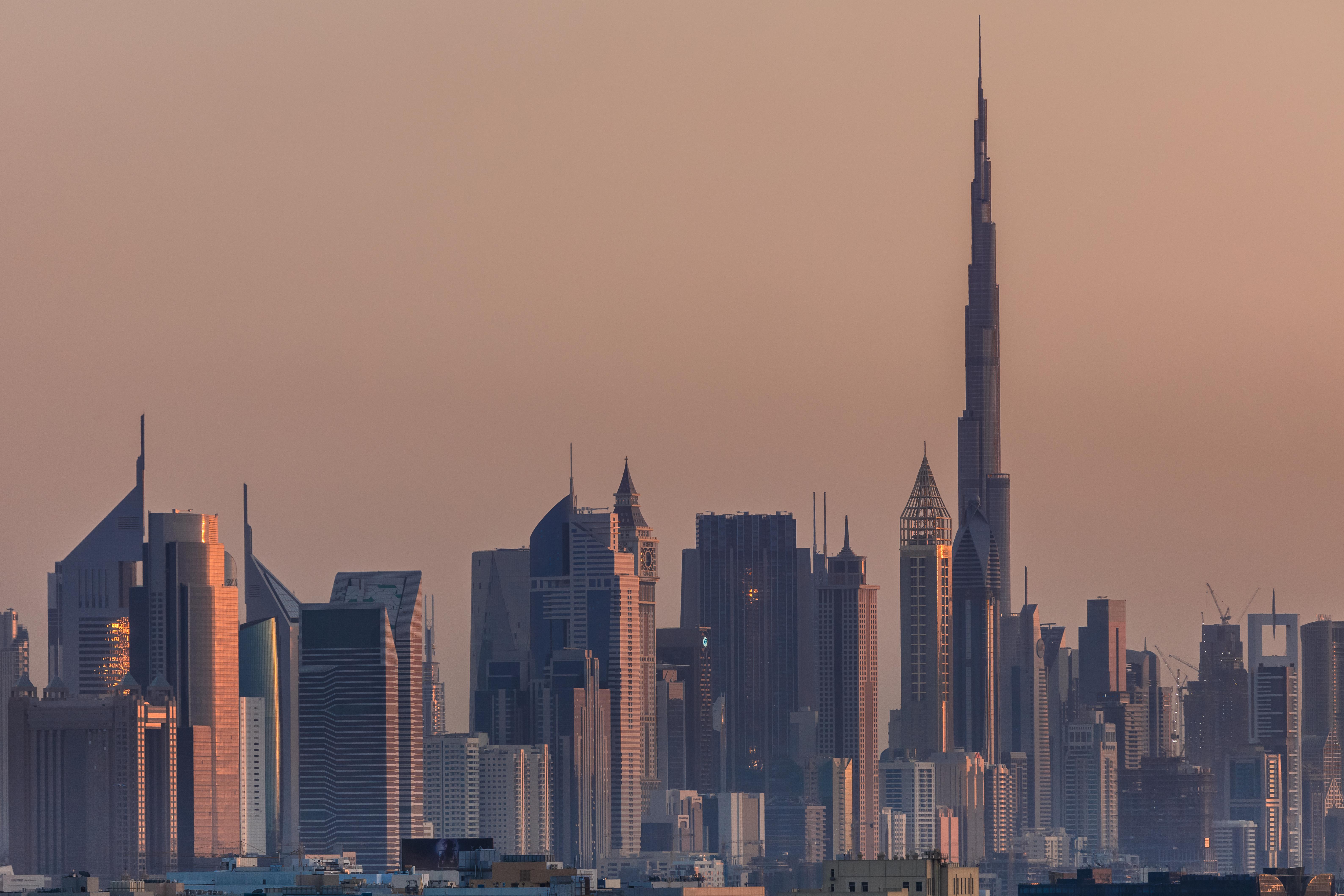
The Burj Khalifa in Dubai stands as a beacon of human ambition and engineering prowess. At 828 meters, it is the tallest structure in the world, a title it has held since its completion in 2010. The tower's design was inspired by the Hymenocallis flower, a symbol of elegance and beauty. Its construction required innovative techniques to address the challenges posed by its height and the harsh desert environment. Engineers employed a "buttressed core" structural system, which provides stability against the strong winds that sweep across the Arabian Peninsula. The Burj Khalifa is not just an architectural wonder but also a marvel of modern engineering, incorporating cutting-edge technologies in its construction and operation. Its facade is clad in reflective glazing, aluminum, and textured stainless steel spandrel panels, which minimize heat transmission and maximize energy efficiency. The building's water system recycles condensation from the air conditioning system, providing a sustainable solution in a region where water is a precious resource.
2. The Millau Viaduct: Bridging the Impossible
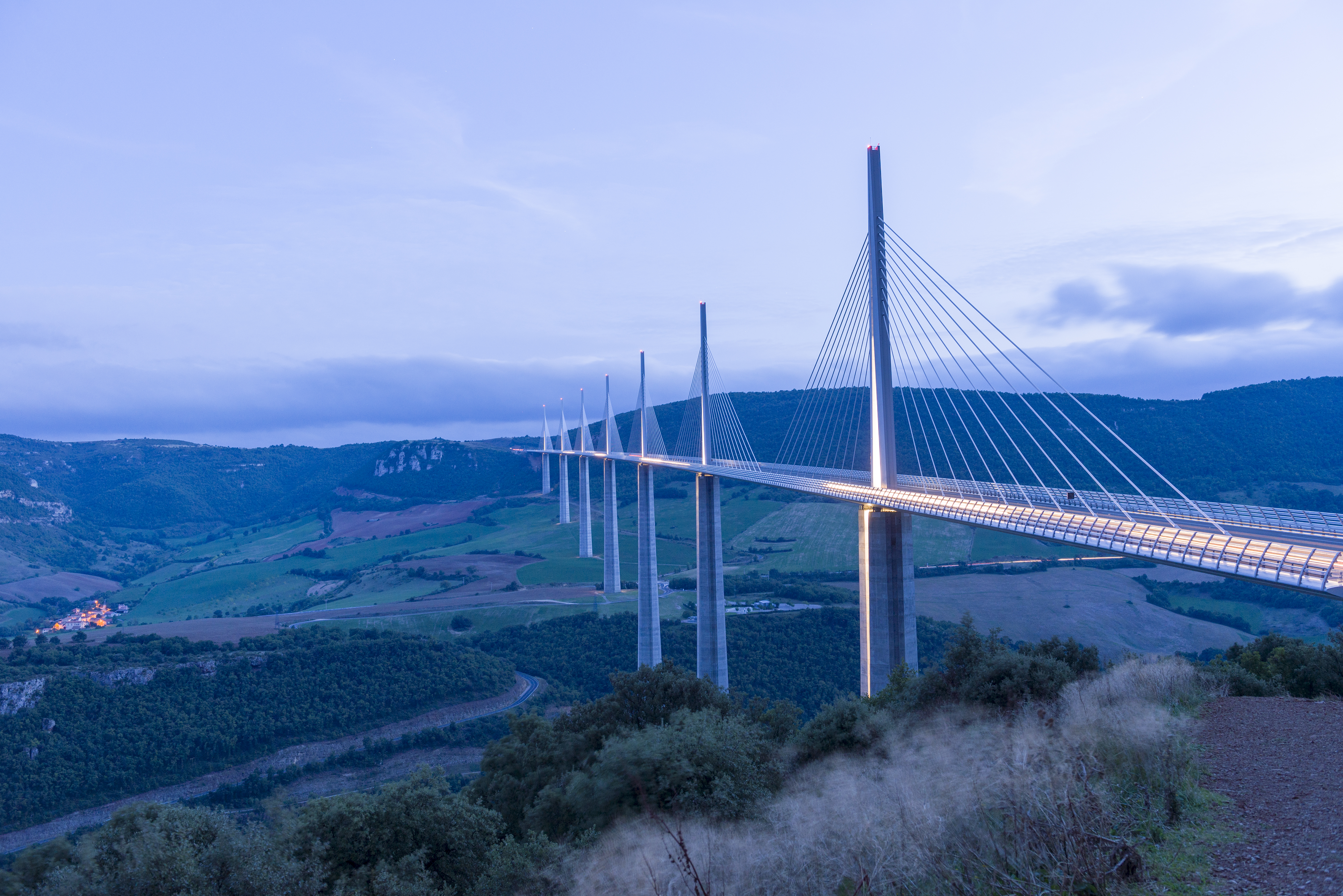
The Millau Viaduct in France is a masterpiece of modern bridge engineering, spanning the Tarn River Valley in a breathtaking display of elegance and functionality. Designed by the British architect Norman Foster and French structural engineer Michel Virlogeux, the viaduct is the tallest bridge in the world, with its highest pier reaching 343 meters. The construction of the Millau Viaduct posed significant engineering challenges, including the need to minimize environmental impact and ensure stability in an area prone to strong winds. The solution was an innovative cable-stayed design, which allows the bridge to span long distances with fewer supports. The construction process itself was an engineering marvel, involving the use of temporary piers and a method known as "launching," where sections of the bridge were gradually pushed out from the piers until they met in the middle. The Millau Viaduct is a testament to the power of collaboration, combining the expertise of architects, engineers, and construction workers to achieve a seemingly impossible feat.
3. The Sydney Opera House: Waves of Innovation

The Sydney Opera House is an iconic symbol of architectural innovation and a masterpiece of modern engineering. Designed by Danish architect Jørn Utzon, the building's unique shell-like structure was inspired by the sails of ships and the natural forms of the surrounding harbor. The construction of the Opera House was fraught with challenges, including a lack of precedent for its complex geometry and the need for innovative materials and techniques. The solution was a pioneering use of precast concrete panels, which allowed the shells to be constructed with precision and efficiency. The Opera House is not only a visual and cultural landmark but also an acoustic marvel, with its concert hall designed to provide optimal sound quality for performances. The building's innovative design and construction techniques have influenced architects and engineers around the world, inspiring a new generation of creative thinkers to push the boundaries of what is possible.
4. The Three Gorges Dam: Harnessing Nature's Power
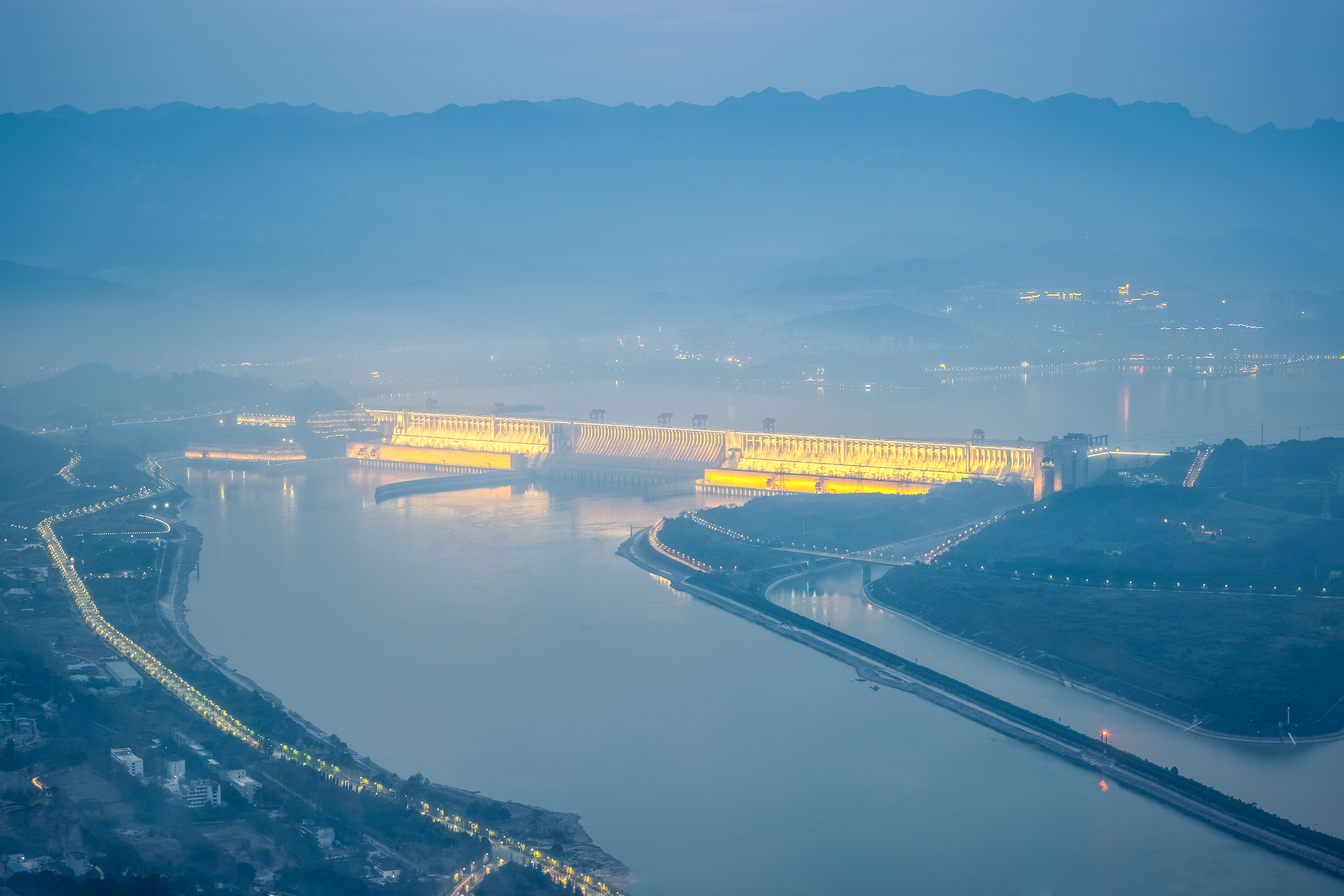
The Three Gorges Dam in China is the largest hydroelectric power station in the world, a monumental feat of engineering that has transformed the Yangtze River and the surrounding landscape. The dam stretches over 2 kilometers across the river and stands 185 meters high, creating a reservoir that extends over 600 kilometers upstream. The construction of the dam was a massive undertaking, requiring the relocation of over a million people and the use of cutting-edge technologies to manage the immense forces involved. The dam's 32 turbines generate a staggering 22,500 megawatts of electricity, providing power to millions of people and reducing China's reliance on coal. However, the project has also faced significant environmental and social challenges, including the displacement of communities and the impact on local ecosystems. Despite these challenges, the Three Gorges Dam remains a symbol of human ingenuity and the potential to harness nature's power for the benefit of society.
5. The International Space Station: A Beacon in the Sky

The International Space Station (ISS) is a testament to human collaboration and engineering excellence, orbiting 408 kilometers above the Earth as a symbol of international cooperation and scientific exploration. The ISS is the largest human-made structure in space, a feat made possible by the combined efforts of 15 nations and countless engineers, scientists, and astronauts. The station is a modular structure, with components built and launched by different countries and assembled in orbit over several decades. The engineering challenges involved in the construction and operation of the ISS are immense, including the need to provide life support systems, power generation, and protection from the harsh conditions of space. The ISS serves as a platform for scientific research and experimentation, providing valuable insights into the effects of long-term space travel on the human body and the potential for future exploration of the Moon, Mars, and beyond. It is a beacon of hope and inspiration, demonstrating what can be achieved when nations work together towards a common goal.
6. The Palm Jumeirah: Crafting Islands from the Sea
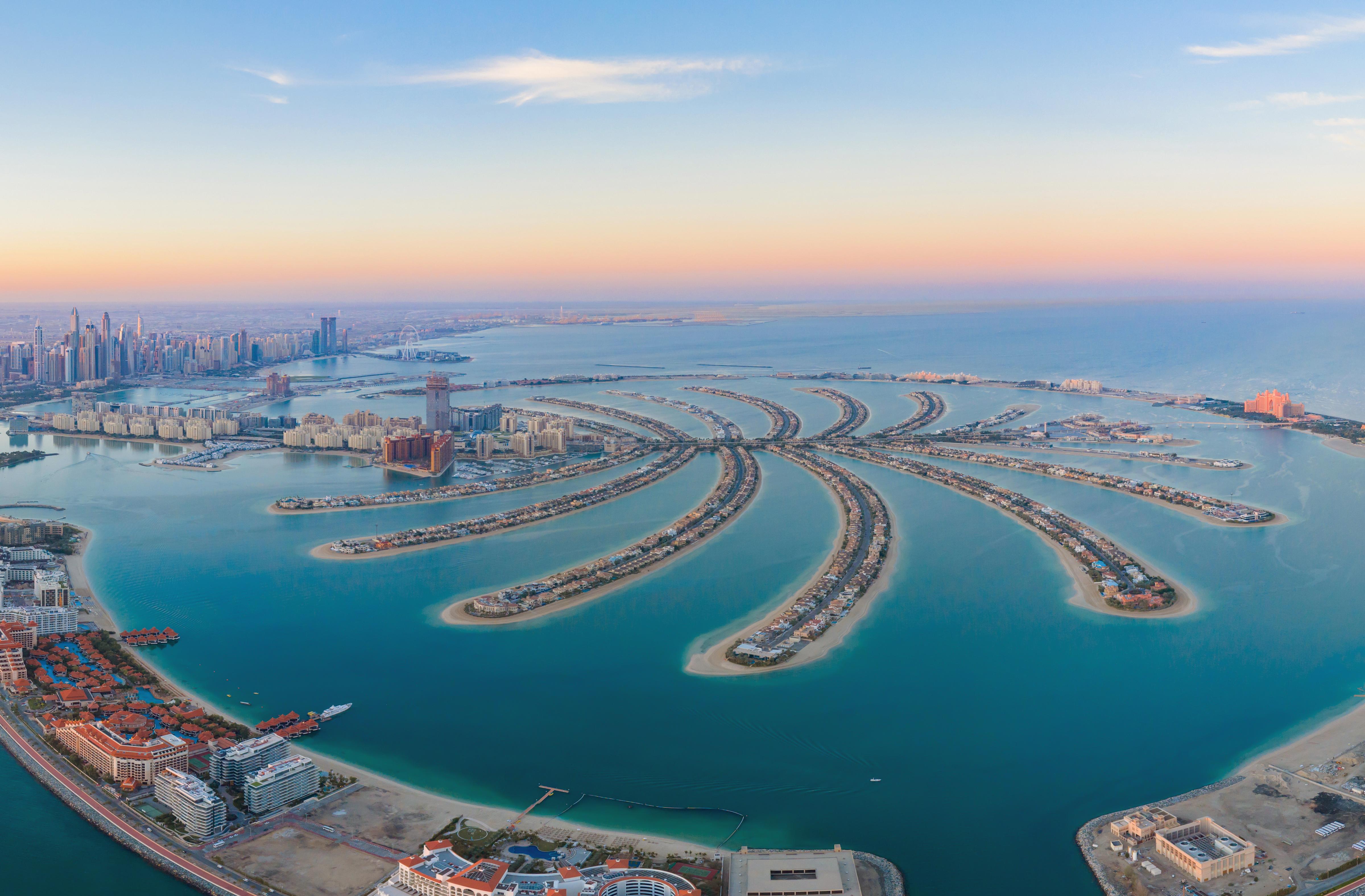
The Palm Jumeirah in Dubai is an extraordinary example of human ingenuity and the ability to reshape the natural world. This artificial archipelago was constructed from sand dredged from the Persian Gulf, creating a palm tree-shaped island that has become a symbol of luxury and innovation. The construction of the Palm Jumeirah was a massive engineering challenge, requiring precise planning and execution to ensure the stability and sustainability of the island. Engineers used state-of-the-art technology to monitor the movement of sand and water, ensuring that the island's foundations were secure. The Palm Jumeirah is home to some of the most luxurious hotels and residences in the world, attracting visitors from around the globe. It is a testament to the power of human creativity and the ability to transform the environment in ways that were once unimaginable.
7. The Large Hadron Collider: Peering into the Universe
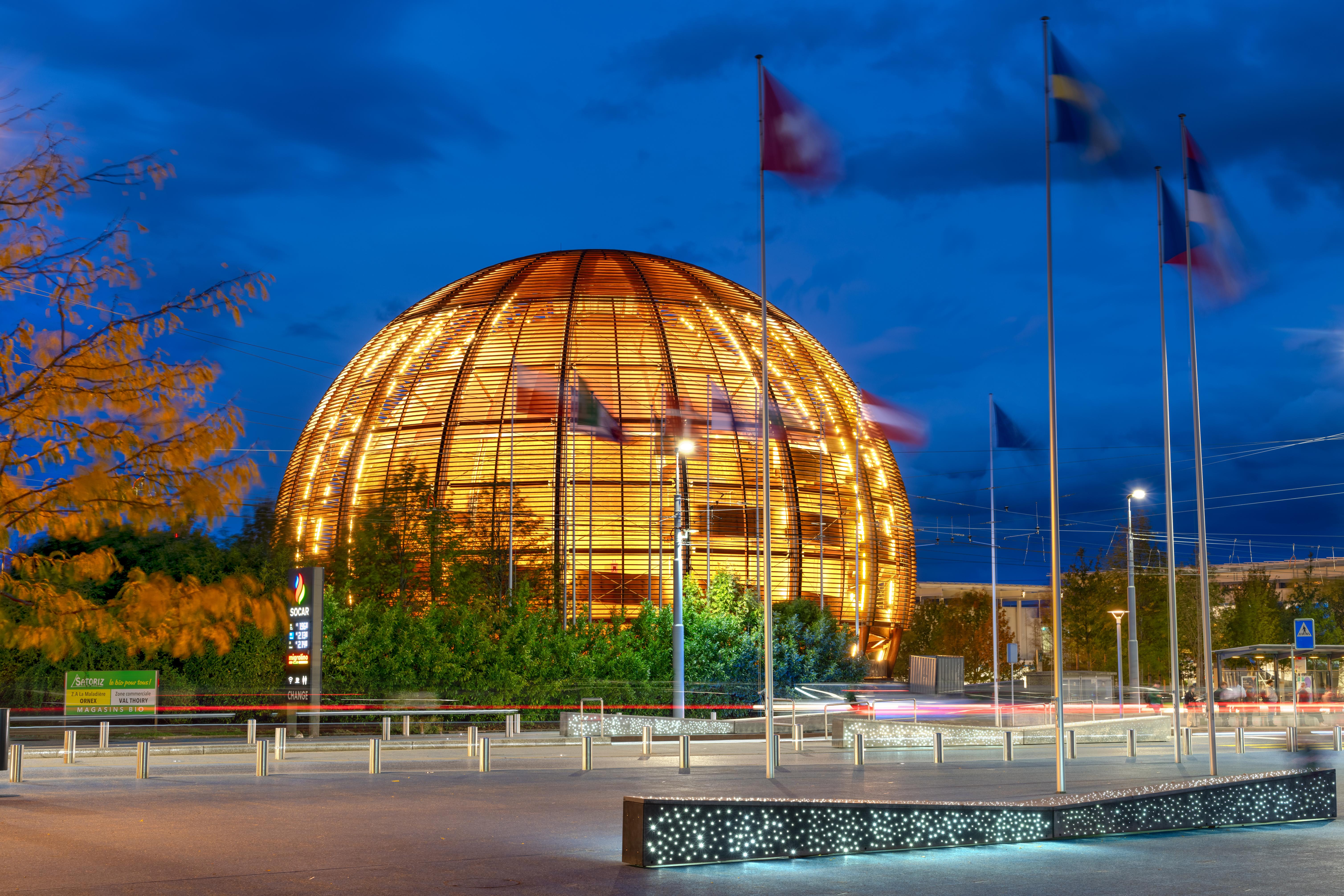
The Large Hadron Collider (LHC) at CERN is the world's largest and most powerful particle accelerator, a scientific marvel that allows researchers to explore the fundamental building blocks of the universe. The LHC is a circular tunnel, 27 kilometers in circumference, buried underground near Geneva, Switzerland. It is designed to accelerate protons to nearly the speed of light and collide them with unprecedented energy, allowing scientists to study the resulting particles and gain insights into the nature of matter and the origins of the universe. The construction and operation of the LHC involve cutting-edge technologies and engineering solutions, including superconducting magnets, advanced cryogenics, and sophisticated data analysis systems. The discoveries made at the LHC have expanded our understanding of the universe and opened new avenues for scientific exploration, challenging our perceptions of reality and the nature of existence.
8. The Marina Bay Sands: A Skyward Sanctuary
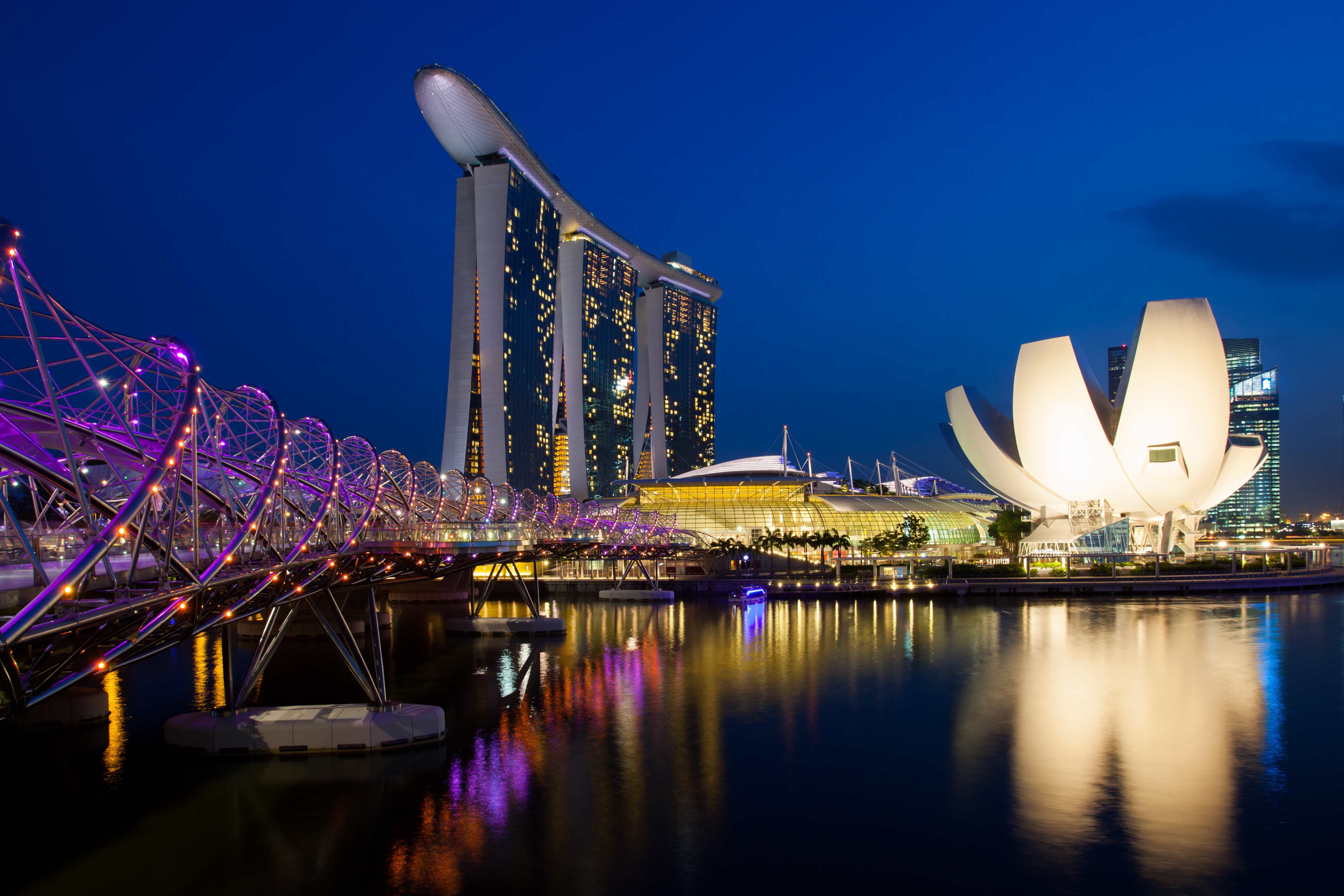
Marina Bay Sands in Singapore is a stunning example of modern architecture and engineering, a luxurious resort that redefines the concept of urban space. The complex consists of three 55-story towers connected by a sky park that spans the top of the buildings, offering breathtaking views of the city and the surrounding bay. The construction of Marina Bay Sands was a monumental engineering challenge, requiring innovative solutions to ensure the stability and safety of the sky park and the towers. Engineers used advanced construction techniques, including post-tensioning and tuned mass dampers, to manage the forces acting on the structure and ensure its resilience against wind and seismic activity. Marina Bay Sands is a symbol of Singapore's ambition and vision, a testament to the power of human creativity and the ability to create spaces that inspire and captivate.
9. The Panama Canal Expansion: A Passage to Progress
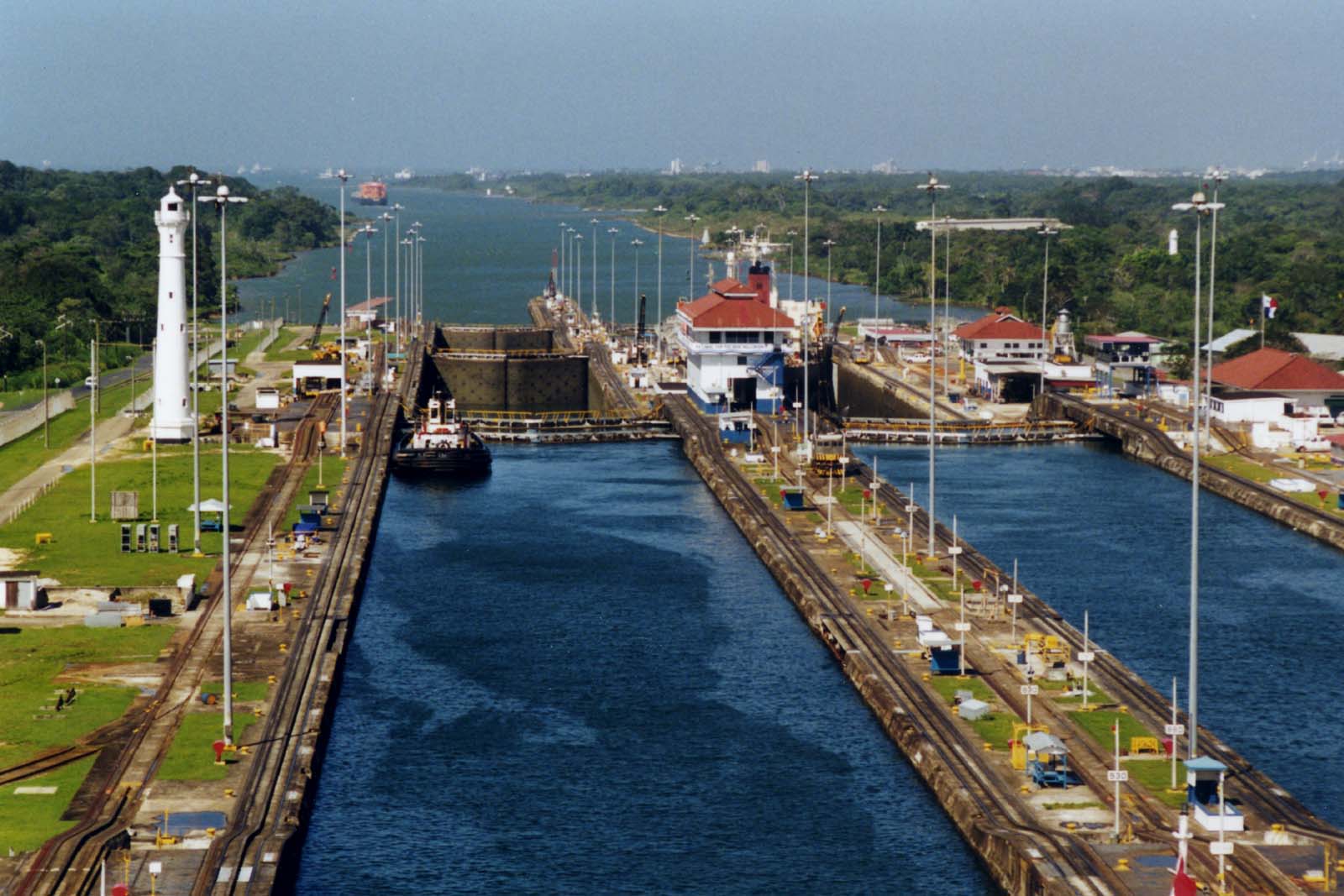
The expansion of the Panama Canal is a monumental engineering project that has transformed global trade and commerce. The original canal, completed in 1914, was a marvel of engineering in its own right, allowing ships to traverse the Isthmus of Panama and connect the Atlantic and Pacific Oceans. The expansion, completed in 2016, involved the construction of a new set of locks and the widening and deepening of the canal to accommodate larger ships. The project required innovative engineering solutions, including the use of advanced materials and construction techniques to ensure the durability and efficiency of the new locks. The expansion of the Panama Canal has had a profound impact on global trade, reducing shipping times and costs and opening new markets for goods and services. It is a testament to the power of human ingenuity and the ability to overcome challenges and create opportunities for progress and prosperity.
10. The Sagrada Familia: A Symphony in Stone
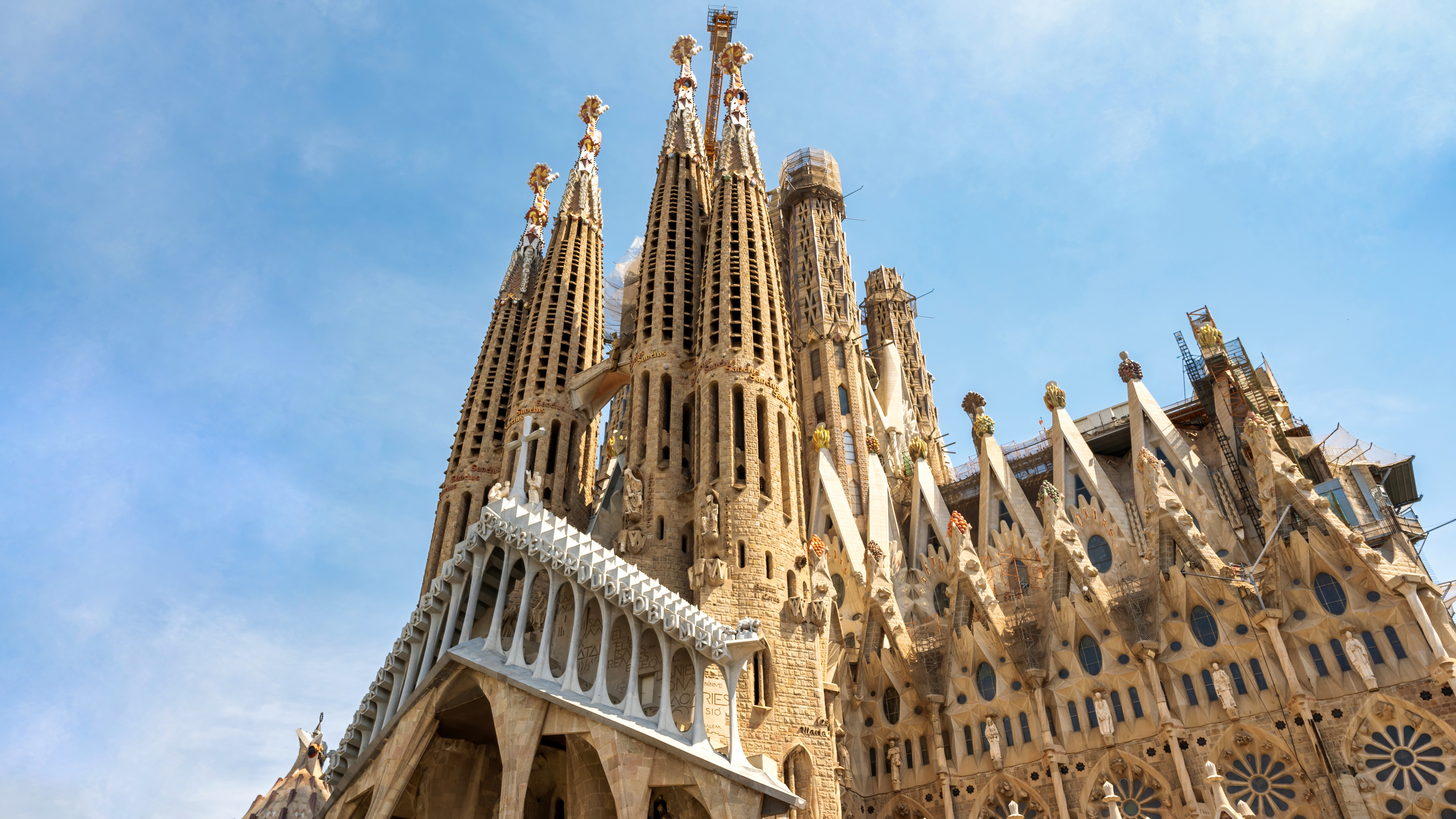
The Sagrada Familia in Barcelona is a masterpiece of architectural and engineering innovation, a basilica that has been under construction for over a century and continues to captivate with its intricate design and stunning beauty. Designed by the visionary architect Antoni Gaudí, the Sagrada Familia is a unique blend of Gothic and Art Nouveau styles, with its soaring towers and intricate facades inspired by the natural world. The construction of the basilica has been a long and complex process, requiring innovative engineering solutions to realize Gaudí's ambitious vision. Modern technology, including computer-aided design and 3D printing, has played a crucial role in the ongoing construction, allowing architects and engineers to create the complex shapes and forms that define the Sagrada Familia. The basilica is a symbol of Barcelona's cultural heritage and a testament to the power of human creativity and the enduring legacy of Gaudí's genius.
11. The Hoover Dam: A Monument of Modernity
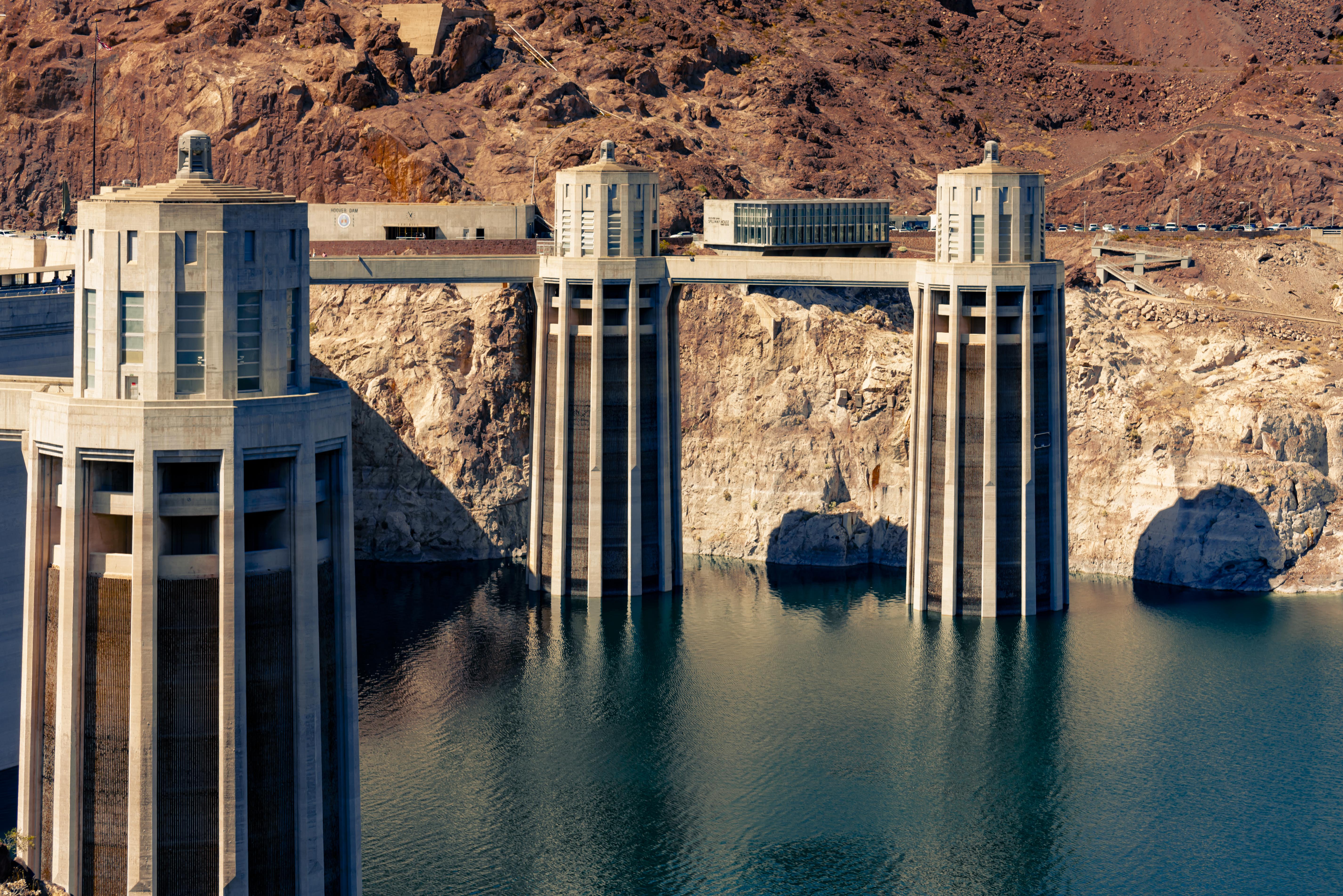
The Hoover Dam is an iconic symbol of American engineering and a monumental achievement in the history of construction. Built during the Great Depression, the dam was a massive undertaking that required the collaboration of thousands of workers and the use of cutting-edge technology. The dam stands 221 meters tall and spans the Colorado River, creating Lake Mead, the largest reservoir in the United States. The construction of the Hoover Dam involved significant engineering challenges, including the need to divert the river and manage the immense forces generated by the water. The dam's design incorporates innovative features, such as its arch-gravity structure, which provides stability and strength. The Hoover Dam is not only an engineering marvel but also a symbol of American resilience and determination, a testament to the power of human ingenuity and the ability to overcome adversity and achieve greatness.
12. The Shard: A Pinnacle of Architectural Elegance
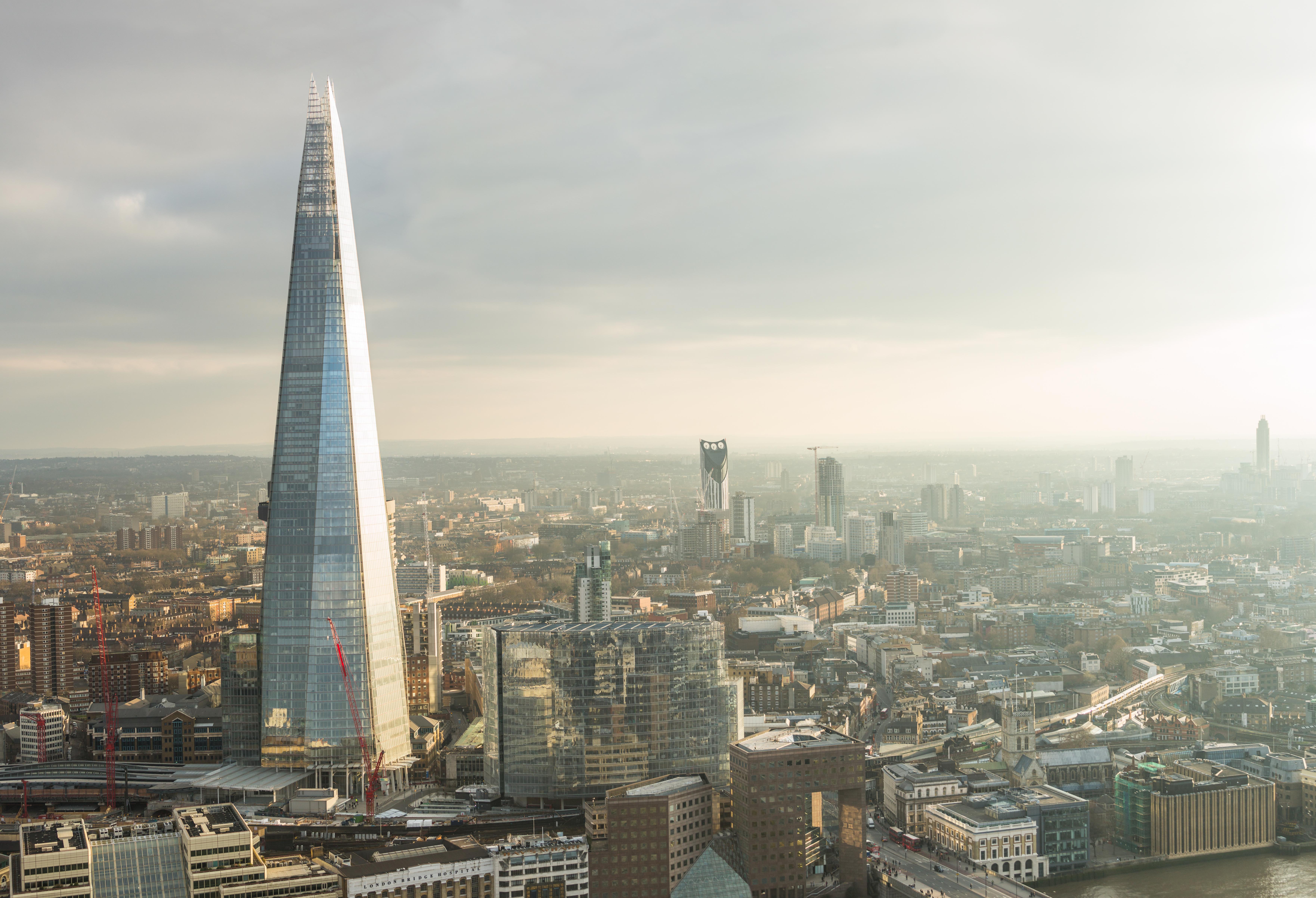
The Shard in London is a striking example of modern architecture and engineering, a skyscraper that redefines the city's skyline and sets new standards for design and sustainability. Standing 310 meters tall, the Shard is the tallest building in the United Kingdom and one of the tallest in Europe. Designed by the Italian architect Renzo Piano, the building's unique shape and glass facade create a shimmering presence that reflects the changing light and weather. The construction of the Shard involved innovative engineering solutions, including the use of advanced materials and techniques to ensure the building's stability and energy efficiency. The Shard is a symbol of London's ambition and vision, a testament to the power of human creativity and the ability to create structures that inspire and captivate. It is a beacon of modernity, a reflection of the city's dynamic spirit and its commitment to innovation and progress.
The structures explored in this article are more than just feats of engineering; they are symbols of human ambition, creativity, and the relentless pursuit of progress. Each one challenges the boundaries of what is possible, pushing the limits of technology and design to create spaces that inspire and captivate. These engineering marvels are a testament to the power of collaboration and the ability to overcome challenges and create opportunities for progress and prosperity. They are a reflection of our collective ingenuity and the enduring legacy of human innovation. As we continue to push the boundaries of engineering logic, we can look to these incredible structures as examples of what can be achieved when we dare to dream and strive to make the impossible possible. They are a reminder of the potential for greatness that lies within us all and the power of human creativity to shape the world for the better.

